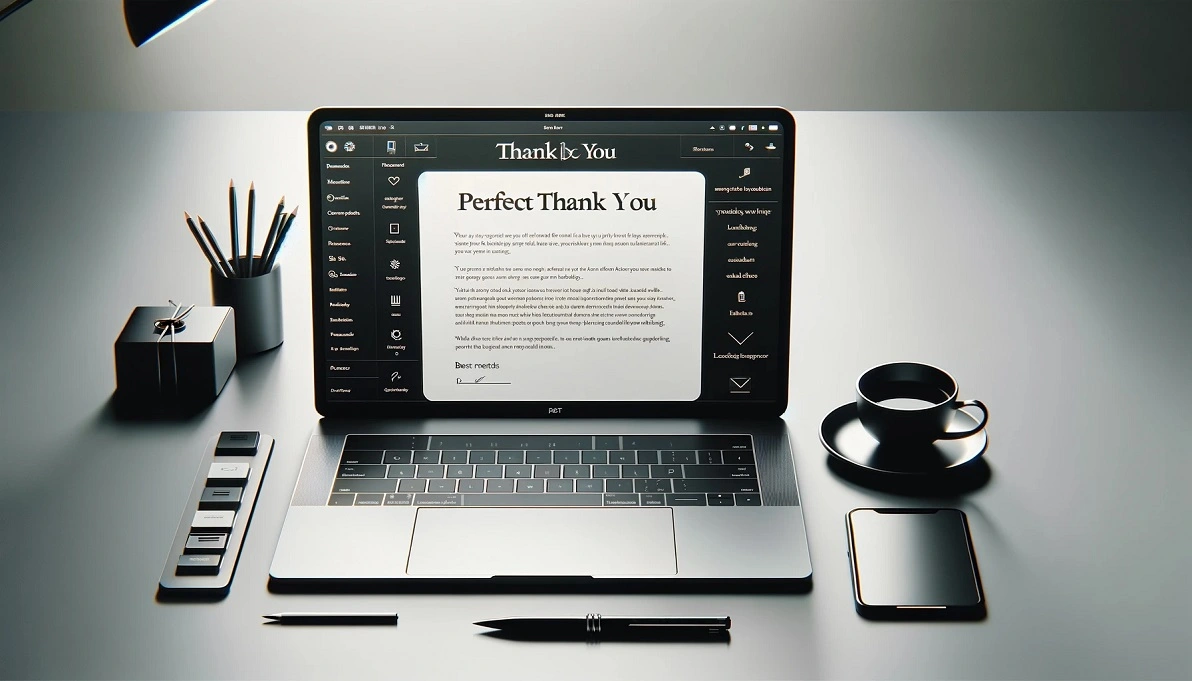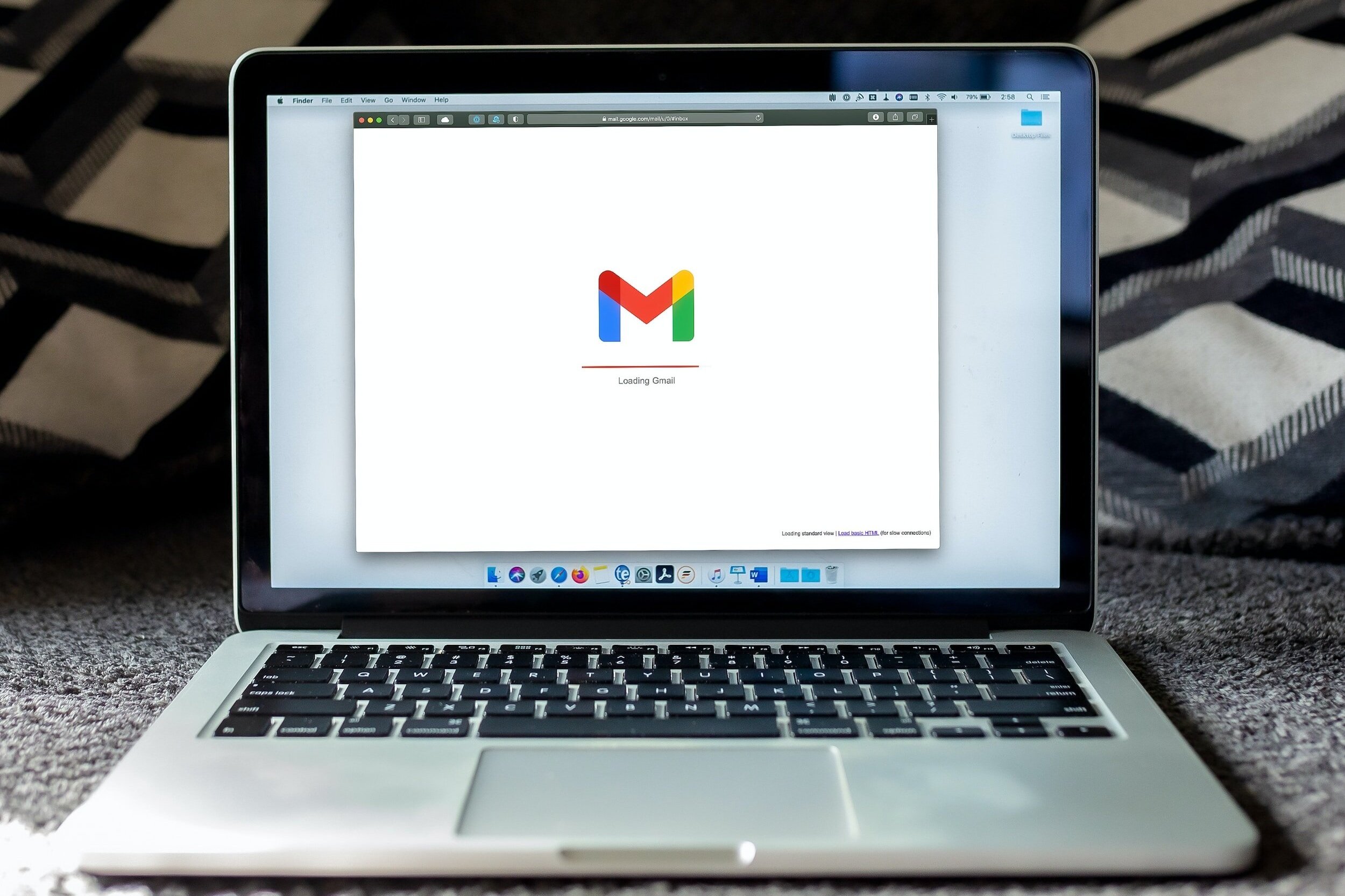For businesses, the smallest gestures often leave the most indelible marks. A perfect thank you email following a business meeting is more than a courtesy; it’s a pivotal tool in forging and sustaining professional relationships. Its role in setting the tone for future interactions cannot be overstated.
Read also: What Does Sent as SMS Via Server Mean?
Why Thank You Emails Matter in Professional Settings
These emails serve a dual purpose: they are a token of appreciation and a subtle reminder of your presence in the corporate landscape. The psychological effect on recipients is profound, fostering a sense of respect and consideration.
Ideal Time to Send a Perfect Thank You Email
The adage “timing is everything” rings especially true here. The ideal time to send the perfect thank you email is within 24 hours of the meeting. This promptness shows attentiveness and respect for the recipient’s time.
Crafting a Compelling Subject Line
The subject line is the gateway to your message. It should be concise yet captivating, clearly indicating the email’s purpose. For instance, “Grateful for Our Insightful Meeting Yesterday” strikes a perfect balance.
Balancing Personal Touch with Professional Tone
The perfect thank you email should be a blend of personalization and professionalism. Address the recipient by name and reference specific points discussed, ensuring the message feels tailored and sincere.
The Art of Saying Thank You
The core of your email should revolve around gratitude. Phrases like “I appreciate the time you took…” or “I’m thankful for the opportunity to discuss…” are effective ways to convey genuine appreciation.
Recapping Important Meeting Takeaways
A brief recap of the meeting’s key points demonstrates your attentiveness. It also serves as a gentle nudge about any agreed-upon actions or commitments.
Encouraging Future Collaboration
Your email should subtly encourage future interactions. Phrases like “Looking forward to our next steps” or “Eager to collaborate on…” set the stage for ongoing engagement.
Closing with Elegance
The closing of your email should be respectful and professional. Using sign-offs like “Best regards” or “Sincerely” adds a touch of formality and respect.
When to Follow Up After Sending the Perfect Thank You Email
If you haven’t received a response, a follow-up email after a week is acceptable. It’s crucial to balance persistence with respect for the recipient’s time and inbox.
Overuse of Clichés and Generic Expressions
Steer clear of overused phrases and clichés. Your email should be original and reflective of your unique professional relationship with the recipient.
Conclusion
The perfect thank you email after a business meeting is a small but powerful tool in your professional arsenal. It underscores your professionalism, fosters mutual respect, and paves the way for fruitful future interactions.







